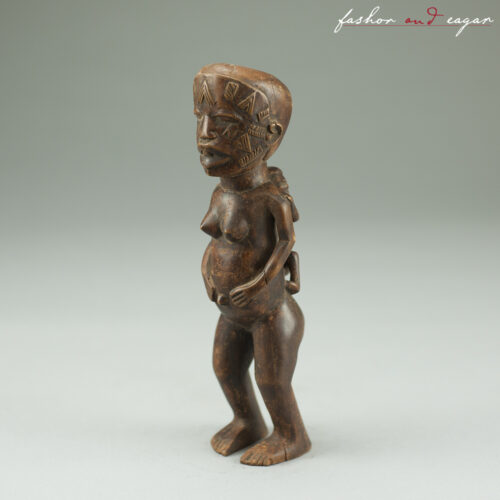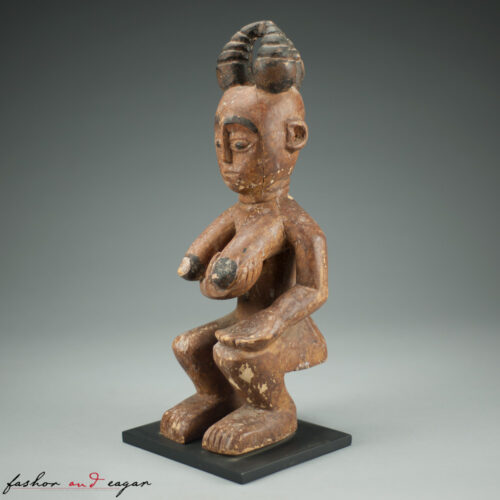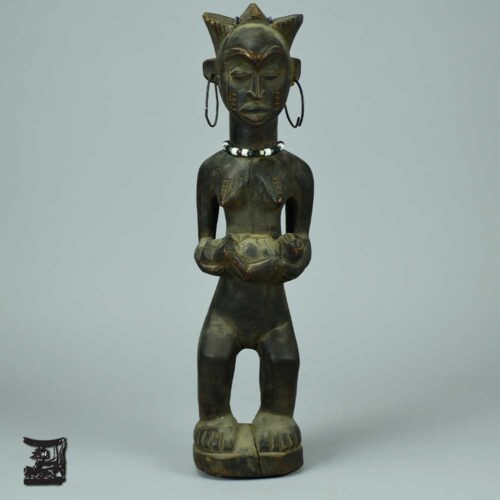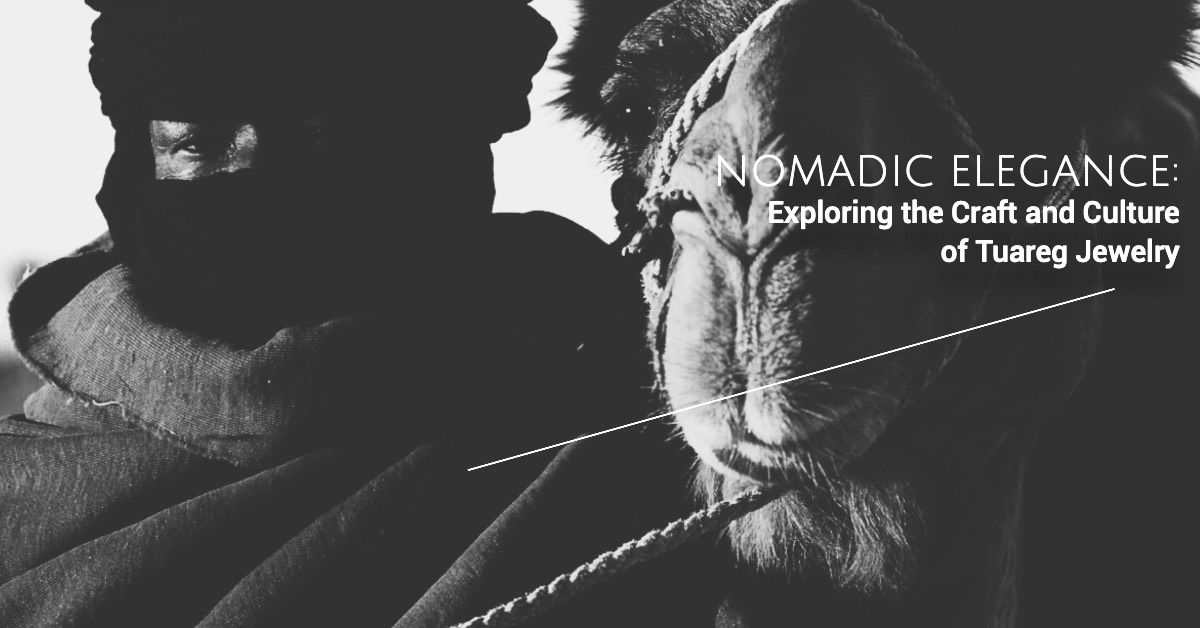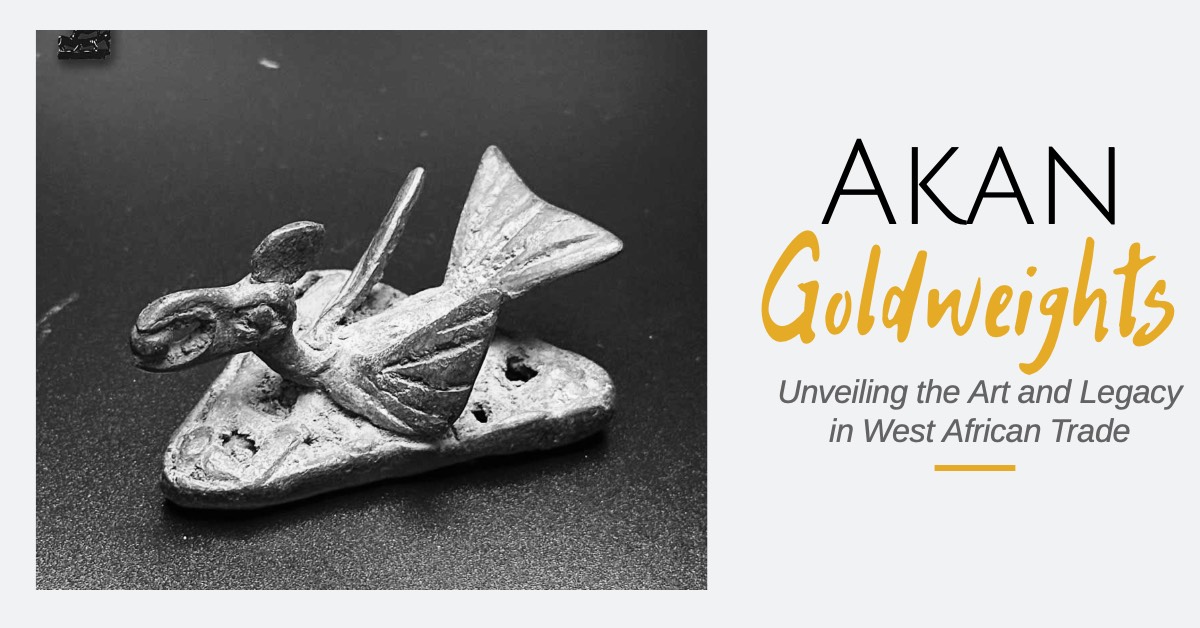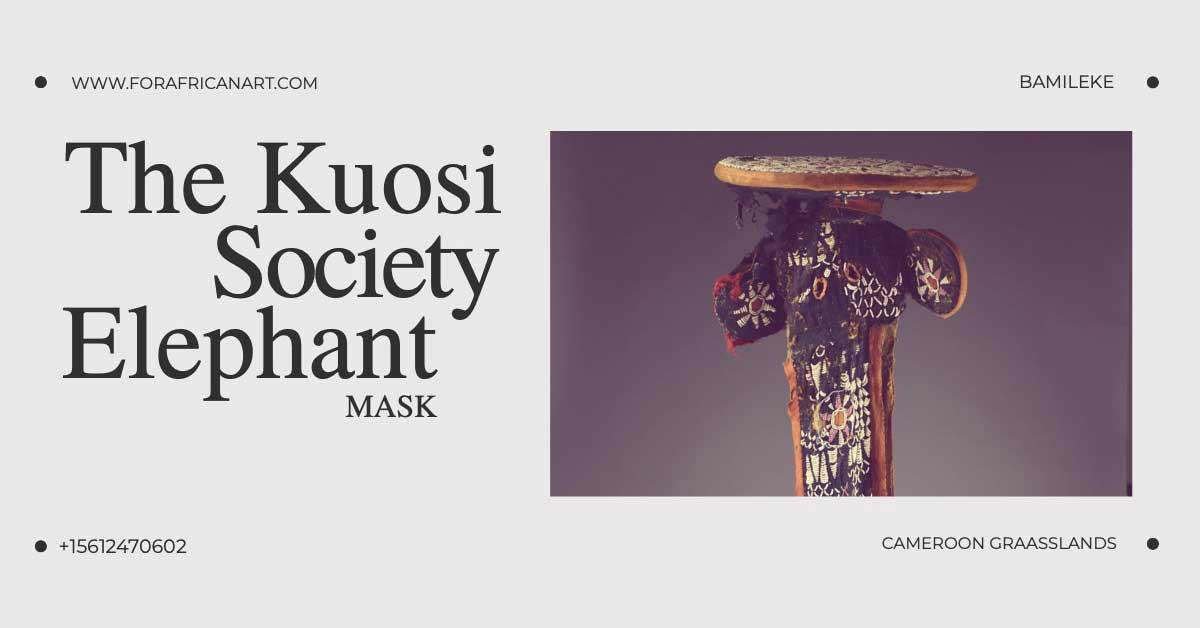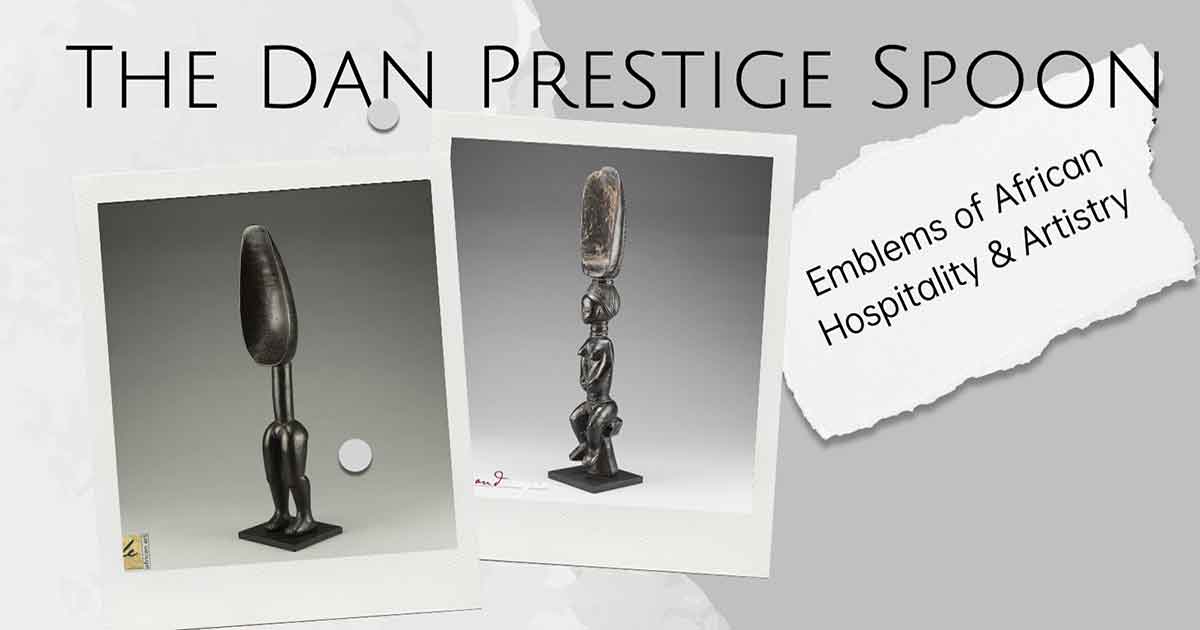Maternity Figures in African Art
Maternity Figures in African Art
The Eternal Bond: Maternity Figures in African Art
A study of African art reveals an enduring reverence for the ultimate symbol of life’s continuity and nurturance—the mother-and-child motif. Through the ages, this sculptural theme has not only portrayed the biological act of childbirth but has been an embodiment of history, philosophy, and worldview across the vibrant tapestry of African culture. In a continent rich in diversity, these art pieces stand as testaments to the unifying power of motherhood, offering a window into the cultural significance and universal values they represent. Join us on a visual and intellectual odyssey as we unpack the profound meanings behind maternity figures in African art.
The Universality of the Mother-and-Child in Art
Before we venture into the intricacies of African maternity art, it is essential to recognize its global significance. The mother-and-child theme has withstood the test of time and geography, gracing the works of master artists from every corner of the earth. It is a motif that appeals to our most primal instincts, reminding us of our shared human experience. In Africa, this connection is accentuated by a respect for the nurturing roles of women in society—mothers, grandmothers, and matriarchs who have long been the anchors of family and community. Through art, Africans have celebrated and immortalized these figures, intertwining the act of childbirth with creation myths and spiritual beliefs that continue to inform daily life.
A Canvas of Diversity: Maternity in African Culture
Africa is not a monolith. It is a continent of unparalleled diversity, home to over 3,000 distinct ethnic groups, each with its unique cultural expressions. Maternity figures in African art capture this rich tapestry, heralding the myriad ways in which different societies perceive and venerate the mother-and-child bond. From the ethereal beauty of Ethiopian Coptic icons to the bold, symbolic geometry of Senegalese baobab wood carvings, the art reflects the distinct aesthetics and values held by each community. Maternity art serves as a visual register, exhibiting the interplay of fertility, progeny, and maternal love as values cherished and exalted in their specific forms by cultures across Africa.
Ancestors and Guardians: The Spiritual Role of Maternity Art
In African cosmologies, the line between the material and the spiritual worlds is often permeable. Maternity art serves as a conduit between these realms, depicting mothers not only as progenitors of life but as mediators between the living and the ancestral spirits. Artworks such as the Ashanti Akua’ba doll of Ghana or the Yombe maternity sculptures of the Congo are not mere trinkets or objects of beauty but powerful tools for spiritual invocation. In these representations, we find the interplay of material and spiritual power, as the figure of a mother transcends the immediate familial setting to become an emblem of collective heritage and a link to the divine.
Maternity as Tradition and Innovation
One of the remarkable qualities of African art is its ability to synthesize tradition with innovation, creating pieces that are both grounded in the past and reaching toward the future. Maternity figures exemplify this balance, drawing on age-old practices while adapting to contemporary narratives. In the Maasai beadwork of East Africa or the intricate designs of Aso Oke textiles in Nigeria, we witness a dynamic intergenerational dialogue, where the traditional role of maternity is reimagined through modern materials and techniques. This fusion of old and new is not a departure from cultural roots but a vibrant reaffirmation of identity in the face of change and globalization.
Maternity Figures as Cultural Preservation
Art has always been a mirror to society, reflecting its mores, aspirations, and struggles. Maternity figures play a crucial role in preserving cultural memory, acting as silent witnesses to the ebbs and flows of history. In the wake of colonialism, war, and socio-economic upheavals, African art has endured as a repository of collective memory. Maternity sculptures remind us of this enduring legacy, serving as a touchstone for communities seeking to maintain their cultural autonomy and resilience in the face of external pressures. They represent not only the past but the strength required to nurture a future that is both vibrant and uniquely African.
Revival and Reinterpretation: The Maternity Figure in Contemporary Art
The tradition of maternity art continues in contemporary Africa, where artists are reinterpreting the motif with new perspectives and contexts. Through the sensibilities of artists such as South Africa’s Mary Sibande or the pioneering work of the Ghanaian sculptor El Anatsui, we witness a dynamic engagement with the mother-and-child theme. These artists challenge established narratives and bring to the fore issues of gender, identity, and modernity, infusing the timeless motif with fresh urgency and meaning. Maternity art in the present age is more than a nod to tradition; it is a living, evolving statement of the African experience in all its complexity.
A Call to Witness: Encountering Maternity Figures in African Art
Encountering maternity figures in African art is not a passive experience but a call to witness, to engage with the stories and values they represent. Whether in a bustling market in Accra, a contemporary art gallery in Johannesburg, or a remote village in the Sahel, these sculptures invite us to partake in the humanity that binds us all. They are not cultural curiosities but conduits of empathy and understanding, linking the observer to the innate desire for nurture, protection, and continuity that resides within each of us. Through the act of witnessing, we honor not only the art itself but the sustenance and love it symbolizes across cultures and generations.
In Conclusion: The Power of Maternity Figures to Unite
Maternity figures in African art are much more than static representations; they are dynamic acts of creation, imbued with life-affirming energy that transcends time and space. They are symbols of hope, resilience, and the indestructible bond between a mother and her child. They remind us that, despite our apparent differences, the need for love, care, and sustenance is a universal language that can unite us all. In studying these sculptures, we not only celebrate the diversity of African art but rekindle our shared sense of humanity, which begins with the eternally powerful image of a mother and her child.
As the custodians of African culture, it is our collective responsibility to cherish and protect these treasures, ensuring that they continue to inspire, educate, and unite across the globe.
Get updates about our new items, news and information.
We will process the personal data you have supplied in accordance with our privacy policy.

